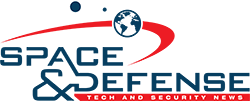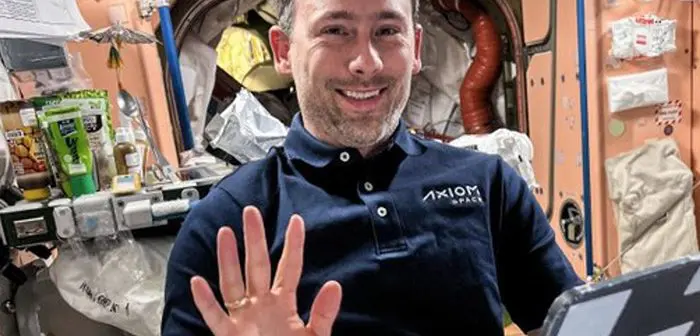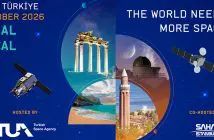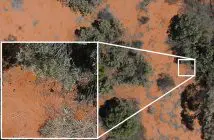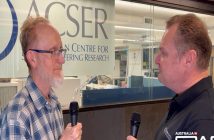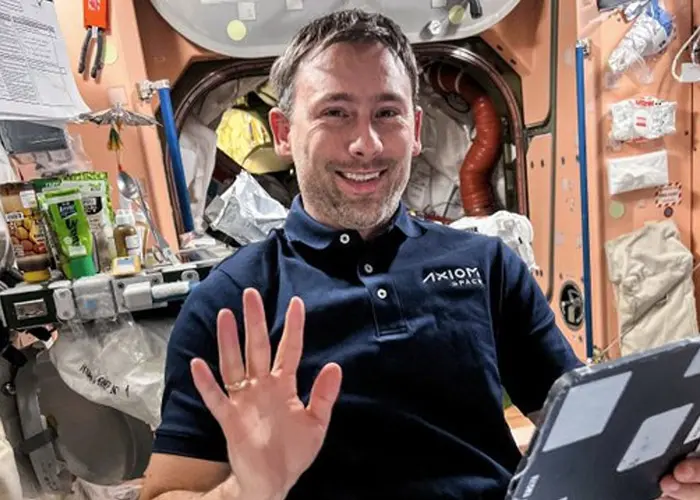
The Dragon spacecraft carrying Polish ESA project astronaut Sławosz Uznański-Wiśniewski and his colleagues Peggy Whitson, Shubhanshu Shukla and Tibor Kapu docked at the International Space Station (ISS) late evening on June 276 (AEST).
The four astronauts are part of Axiom Mission 4 (Ax-4) and will live and work in orbit for approximately two weeks.
The crew spent around 28 hours catching up with the ISS after their launch on June 25. Sławosz served as a mission specialist during the journey.
Ax-4 is the second commercial human spaceflight mission with an ESA project astronaut. Sponsored by the Polish government and supported by ESA, the Polish Ministry of Economic Development and Technology and the Polish Space Agency, this mission includes an ambitious technological and scientific program.
“The launch and successful docking of the Axiom 4 mission highlights the commitment of ESA to support its Member States and their ambitions,” said ESA’s Director of Human and Robotic Exploration Daniel Neuenschwander.
“We worked in close collaboration with Poland to support the implementation of innovative scientific payloads which will support the growth of its national technological expertise while highlighting the country’s capabilities in space exploration. I am proud of the incredible work performed by our teams that underlines, once again, the ability of ESA to deliver.”
The official name of the Polish technological and scientific mission to the International Space Station is Ignis.
During the Ignis mission, Sławosz will carry out 13 experiments proposed by Polish companies and institutions and developed together with ESA as well as three ESA experiments focused on bone health and muscle stimulation.
Overall, the scientific experiments that he will conduct during his mission will cover five key domains: human research, materials science, biology, biotechnology and technology demonstrations.
The Ignis mission also includes a robust STEM education program in Poland, featuring lessons from space, competitions, student designed experiments, teacher training and nationwide activities. The flagship Key to Space project will provide 10 000 schools with self-assembly kits to teach basic electronics and morse code.
